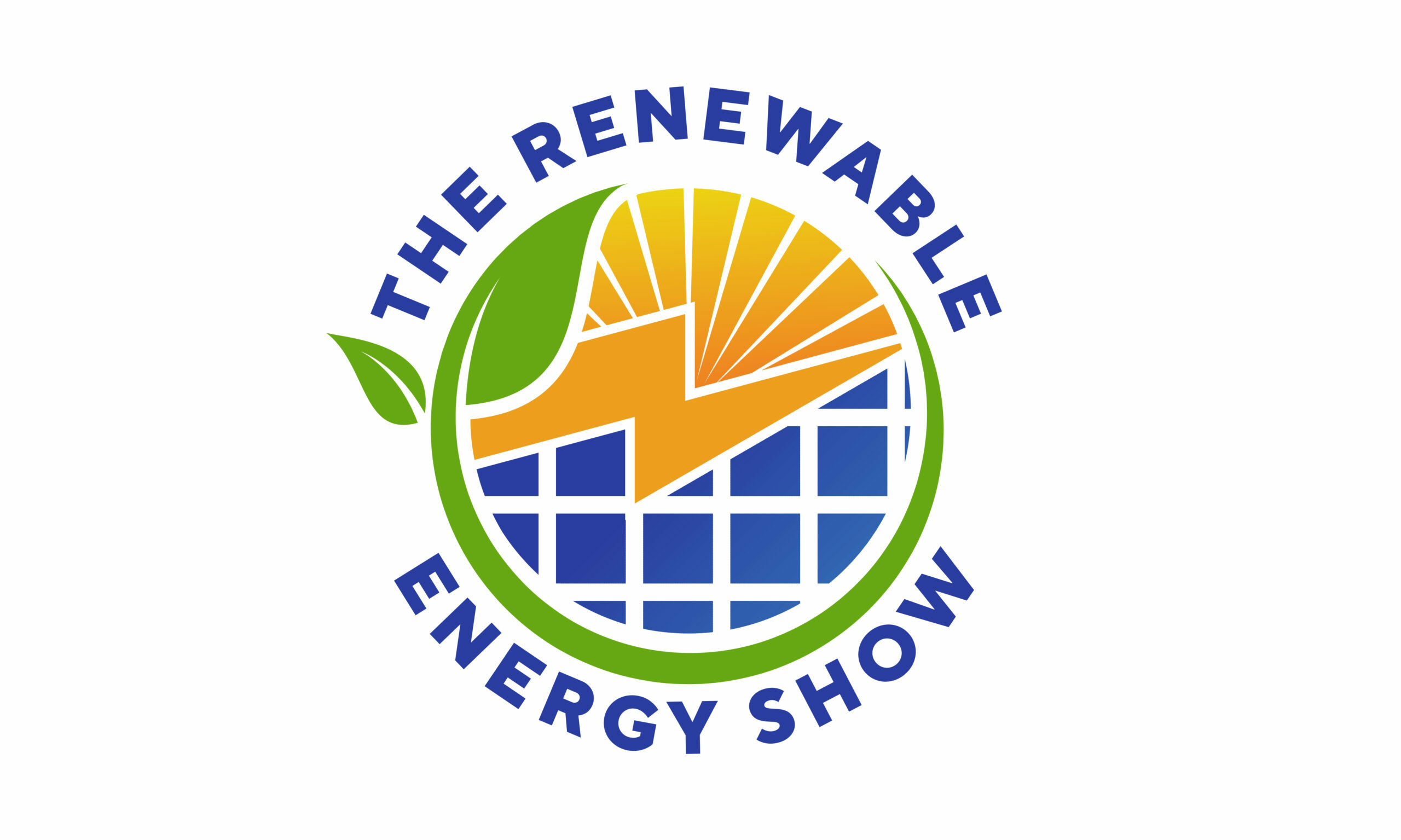For decades, we’ve been told that renewable energy is the key to saving the planet from the ravages of climate change. We’ve been sold on the idea that solar panels and wind turbines can power our way to a sustainable future, and that the benefits of renewable energy are simply a matter of installing more of them. But what if this narrative is wrong? What if the environmental benefits of renewable energy are being oversold, and we’re missing a critical opportunity to actually address the root causes of our ecological crisis?
Learn more: Can Community Energy Projects Revolutionize the Way We Produce and Consume Power?
Let’s start with the obvious: renewable energy is a far cry from being a silver bullet. While it’s true that solar and wind power have made significant strides in recent years, they still account for only a small fraction of global energy production. And even if we were to suddenly switch to 100% renewable energy, the environmental impact of our industrial civilization would still be enormous. The extraction and manufacturing of renewable energy technologies themselves have significant environmental costs, from mining for rare earth minerals to the production of hazardous chemicals. Not to mention the sprawling infrastructure required to harness and distribute renewable energy – think solar farms, wind farms, and transmission lines – which can have devastating impacts on local ecosystems.
But there’s a more profound issue at play here. The way we frame the debate around renewable energy is fundamentally flawed. We’re focusing on the wrong metric. Instead of measuring success by the amount of renewable energy we produce, we should be measuring it by the amount of emissions we reduce. And here’s the rub: even if we were to achieve 100% renewable energy, we’d still be emitting massive amounts of greenhouse gases from other sectors – like agriculture, transportation, and construction. In other words, we’re treating the symptom (energy production) rather than the underlying disease (our unsustainable consumption patterns).
Learn more: The Green Revolution in Data Centers: How Eco-Friendly Facilities are Redefining the Industry
So what’s the solution? It’s not about installing more solar panels or wind turbines, but about fundamentally transforming our relationship with the natural world. We need to adopt a more regenerative approach to energy, one that prioritizes reducing energy consumption over increasing energy production. This means designing buildings and cities that are more efficient and resilient, investing in public transportation, and encouraging behaviors that minimize our ecological footprint.
In other words, the environmental benefits of renewable energy are not just about the technology itself, but about the cultural and economic shifts it enables. By rethinking our approach to energy, we can create a more sustainable, equitable, and just future for all.
In this context, the environmental benefits of renewable energy are not just about the numbers – they’re about the kind of world we want to create. A world where energy is not just a commodity, but a catalyst for human flourishing. A world where we prioritize people and planet over profits and growth. A world where renewable energy is not just a solution, but a symptom of a deeper transformation – one that gets to the heart of what it means to be human in the 21st century.
